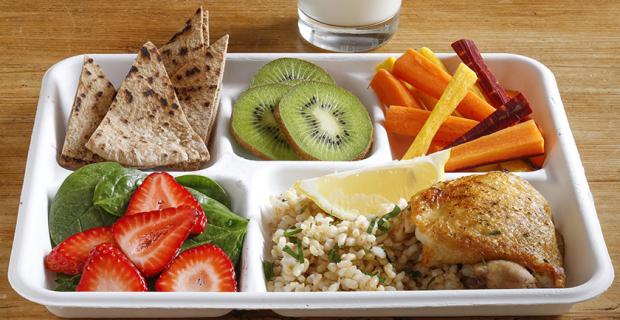California School Nutrition Directors Celebrate Historic Investments in School Meals

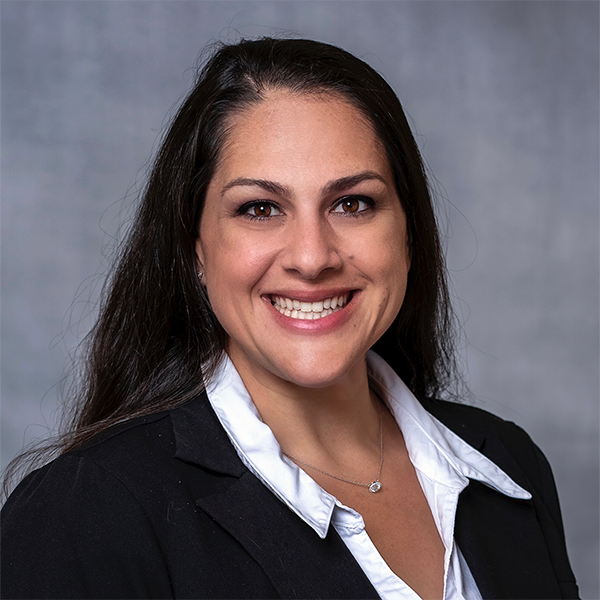
“This is an absolute dream to have adequate funding to procure, plan, create, train, and serve amazing food at school. Our students deserve to eat healthy and tasty foods at school, our staff deserve to use real foods and adequate equipment to create exceptional meals at school, and our districts deserve school meal programs that can actually be self-sustaining programs that benefit the entire system and the whole child. This funding also means that students matter—that in addition to what they learn in the classroom, their bodies are also properly nourished with real, delicious, nutritious school foods.”
Erin Primer, Director of Food and Nutrition Services, San Luis Coastal Unified School District

“We want to embed farm to school programming in the district. We’re planning to do ‘pop-ups’ with the Kitchen Infrastructure and Training funding. We’ll do pop-up farmers markets at the middle schools to reintroduce our students to local California produce. They can meet the farmer and the aggregator. We’re also planning to have chefs in our community come out and do pop-up cooking demos at high schools.”
Eric Span, Nutrition Service Director, Sweetwater Union High School District

“Budgets are a reflection of values and it is evident that school meals are important. We can buy better ingredients, provide better meals, and have more funding for staff. We can now replace aging equipment and invest in central kitchen equipment to build capacity for speed-scratch cooking.”
Vince Caugin, Executive Director of Nutrition Services and Warehousing, Natomas Unified School District
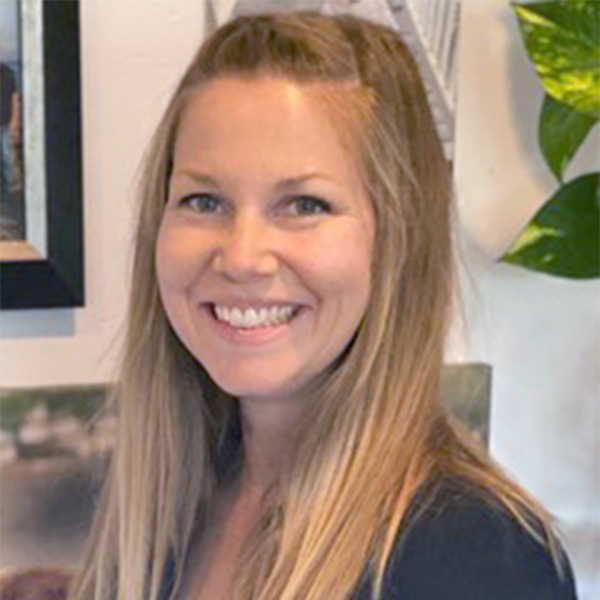
“Some of our students eat more than 50% of their meals at school. This funding will help our students receive optimal nutrition by being able to use better quality meats, produce, cheese, and overall food. The funding will also provide better equipment to serve our students scratch-cooked meals.”
Jessie Wesch, Director of Food and Nutrition Services, Paso Robles Joint Unified School District

“Free meals for all California students is good for students, for families, and for farmers. We all know students do better in the classroom, attendance improves, and fewer disciplinary problems occur when students have eaten a healthy, well-balanced meal before entering the classroom. Local farmers will benefit from increased purchasing for fruits and vegetables necessary for the school meals.”
Diana Flores, Director of Nutrition Services, Sacramento City Unified School District
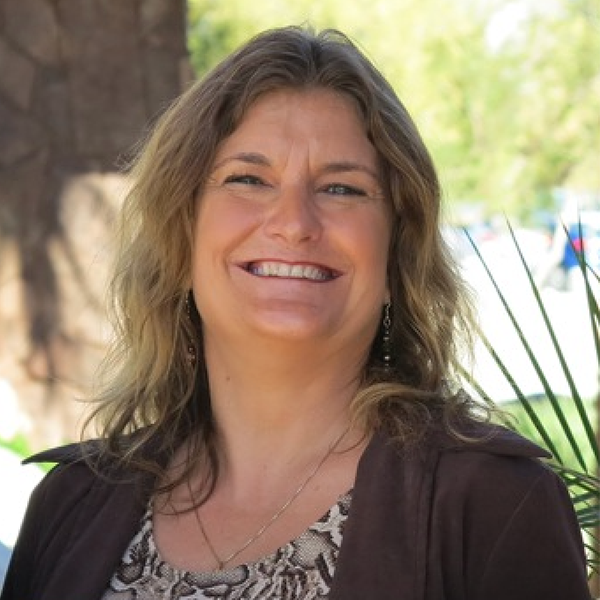
“We're thrilled to have the funds and hope that this trend to recognize the critical importance that school meals play and the high costs to sustain these programs continues.”
Pilar Gray, Nutrition Services Director, Fort Bragg Unified School District

“Current Kitchen Infrastructure and Training funding is being used to purchase additional needed hot and cold holding equipment for schools with increased meal counts as well as transport carts and small wares for increased production. We also invested in training platforms for all staff and leadership workshops for management.”
Kristin Hilleman, Director of Food and Nutrition Services, Capistrano Unified School District

“For San Diego, you’re talking about millions of dollars. What we do in this district will have an impact for years to come. Universal school meals are huge. Everyone has been asking for it for over 10 years, and now it’s here. For us, that means good local food that’s free and here to stay.”
Fred Espinosa, Director of Food and Nutrition Services, San Diego Unified School District
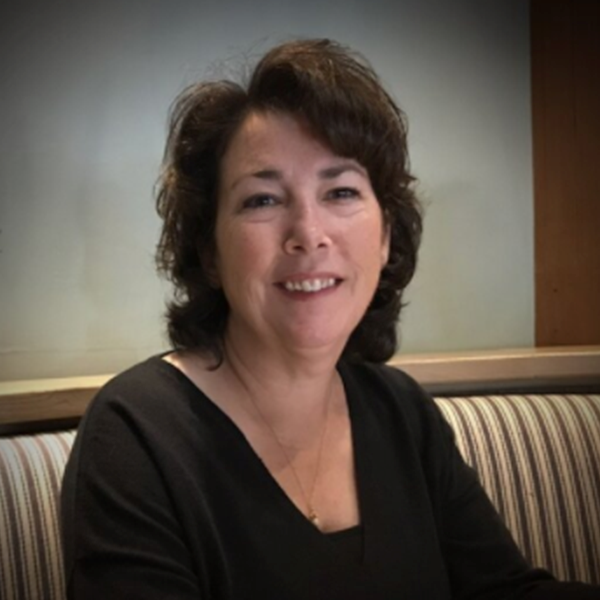
“For the first time in my school nutrition career, we are being given enough funding to grow our programs, improve our staff skills, and feed all kids that need it.”
Karen Luna, Child Nutrition Director, Santa Clara Unified School District


